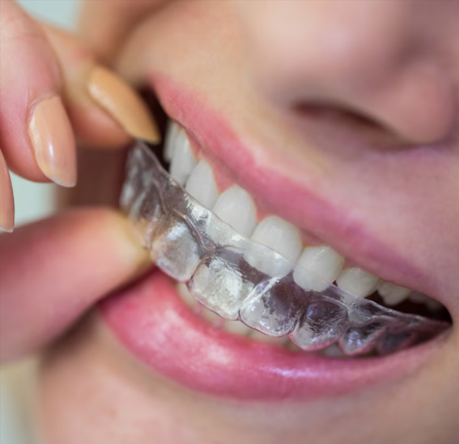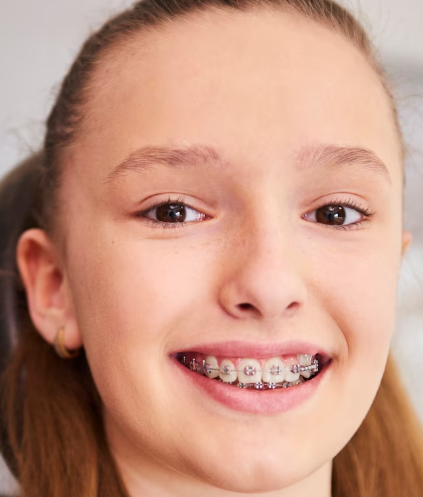Treatment Overview
Trapezoidal Canthoplasty is a specialized eyelid surgery that reshapes and enlarges the eye opening by altering the lateral canthus (outer corner of the eye) using a trapezoidal incision design. Unlike standard lateral canthoplasty, this advanced technique provides a more controlled and stable enlargement of the eyes, reducing the risk of recurrence (when the eye corner returns to its original position).
In Korea, trapezoidal canthoplasty has become increasingly popular because it delivers natural, long-lasting results that enhance the balance and harmony of the eyes, making them appear bigger, brighter, and more defined without looking artificial.
Purpose & Benefits
- Enlarges and elongates the outer eye corner for a bigger, more open look
- Provides long-term stability compared to traditional lateral canthoplasty
- Reduces the “tired” or “droopy” eye appearance
- Enhances overall eye symmetry and balance
- Produces natural-looking results without an overdone or artificial effect
- Can be combined with other eyelid surgeries (epicanthoplasty, double eyelid surgery, or ptosis correction) for a more dramatic transformation
Ideal Candidates
- Individuals with short or small eyes who want a larger, elongated appearance
- Patients with up-slanting eyes seeking a more horizontal or balanced look
- Those who want to correct asymmetry between the eyes
- People who previously had lateral canthoplasty but experienced recurrence
- Patients seeking a natural and refined aesthetic rather than an exaggerated look
Possible Risks & Complications
- Temporary swelling, bruising, and redness
- Minor asymmetry during healing
- Rare risk of scarring at the outer corner (minimized with Korean scar management methods)
- Eye dryness or irritation during early recovery
- Recurrence is less common compared to other canthoplasty techniques but still possible if performed incorrectly
Techniques Used in Korea
Korean surgeons specialize in precision-based trapezoidal incisions to stabilize the newly created lateral canthus. The main techniques include:
- Trapezoidal Flap Design: Prevents recurrence and maintains stability of the new eye shape.
- Canthal Tendon Fixation: Attaches the canthus to bone or soft tissue to ensure durability.
- Combination Eye Surgery: Often paired with epicanthoplasty or double eyelid surgery for a balanced, enlarged eye appearance.
- Scar-Minimizing Suturing: Korean clinics emphasize nearly invisible scars by using micro-incisions and fine suturing techniques.
Recovery & Aftercare
- Swelling and bruising peak within the first 3–4 days and subside within 1–2 weeks
- Stitches are typically removed after 5–7 days
- Patients usually return to normal activities within 7–10 days
- Makeup can be resumed after about 2 weeks (once healing is stable)
- Avoid rubbing the eyes, wearing contact lenses, or heavy exercise for 2–3 weeks
- Korean clinics often provide specialized aftercare including laser scar management and swelling reduction treatments
Results & Longevity
- Immediate enlargement and elongation of the eyes after surgery
- Final results visible after 1–3 months as swelling fully resolves
- Provides permanent improvement with minimal risk of recurrence due to the trapezoidal fixation technique
- Results look natural and harmonious with the rest of the face
Trapezoidal Canthoplasty in Korea
Korea is one of the leading destinations for trapezoidal canthoplasty because of its:
- Advanced Surgical Design: Korean surgeons pioneered modifications that reduce recurrence and scarring.
- Natural Aesthetic Focus: Emphasis on balanced, natural results rather than exaggerated enlargement.
- Cutting-Edge Techniques: Use of micro-incisions, advanced fixation, and scar-reducing technology.
- Global Recognition: Many international patients travel to Seoul for eye surgery because Korean clinics set global beauty trends with the “K-beauty eye look.”
Cost Range in Korea
The cost of Trapezoidal Canthoplasty in Korea varies depending on the clinic, surgeon experience, and whether it’s combined with other procedures.
- Basic Trapezoidal Canthoplasty: ₩2,000,000 – ₩3,500,000 KRW ($1,500 – $2,700 USD)
- Combined with Epicanthoplasty or Double Eyelid Surgery: ₩3,500,000 – ₩5,500,000 KRW ($2,700 – $4,300 USD)
- Premium Package (eye reshaping + scar management + aftercare): ₩5,500,000 – ₩7,000,000 KRW ($4,300 – $5,500 USD)
This pricing is considered competitive compared to the U.S. and Europe, where similar surgeries can cost $5,000 – $8,000.
Popular Clinics in Korea
- ID Hospital: Specializes in complex eyelid procedures including trapezoidal canthoplasty.
- Banobagi Plastic Surgery: Known for natural eye enlargement and minimal scarring techniques.
- Regen Plastic Surgery: Popular among international patients seeking eye contouring surgeries.
- View Plastic Surgery: Offers trapezoidal canthoplasty with advanced scar management treatments.
- JW Plastic Surgery: Focuses on ethnic eyelid surgery and combination eye procedures.
Summary
Trapezoidal Canthoplasty in Korea is a highly advanced eyelid surgery that provides stable, natural-looking eye enlargement with minimal recurrence. Korean surgeons are globally recognized for their precision, artistry, and innovative techniques, making Korea one of the top destinations for patients seeking safe, effective, and aesthetic eye surgery.




